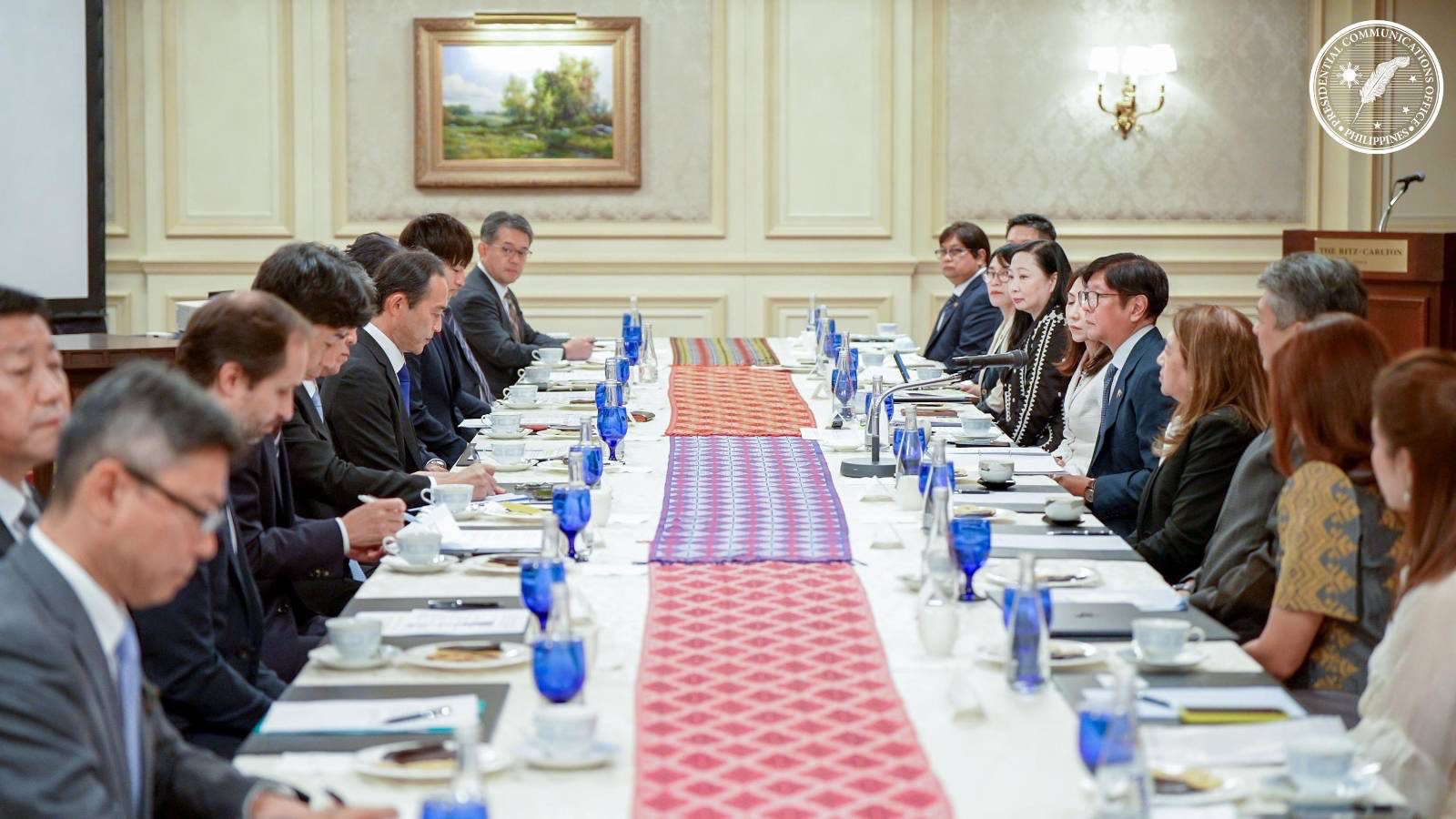
President Ferdinand R. Marcos Jr. met with key Japanese tourism stakeholders on the second day of his working visit to Osaka, Japan, reaffirming the Philippines’ commitment to enhancing infrastructure and connectivity to boost tourism and improve the travel experience of Japanese tourists.
“Today I met with Japanese tourism leaders who are helping us welcome more visitors than ever before, with 214 weekly flights connecting Japan and the Philippines,” the President shared in a post on Instagram.
“We are working to create more jobs for our people, help more businesses grow, and ensure more communities feel the impact of a strong tourism sector,” President Marcos added.
President Marcos expressed gratitude for Japan’s continued support as a vital partner in Philippine tourism.
The meeting brought together major players in Japan’s travel and tourism sector as well as the Philippines, including the Japan Tourism Agency (JTA), Japan Association of Travel Agents (JATA) Kansai / JTB West Japan Area Representative, Japan Philippines Tourism Council (JPTC), Kansai Regional Division, HIS Co., Ltd., Nippon Travel Agency, Hankyu Travel International Co., Ltd., Kansai Airports, Philippine Airlines (PAL), and Cebu Pacific.
In an interview with Department of Tourism (DOT) Secretary Christina Garcia Frasco, who accompanied the President during his trip, she underscored the importance of the meeting citing the “very instrumental” role of the Japanese tourism stakeholders in maintaining Japan as being one of the country’s top inbound markets. Japan is currently ranked third, according to Frasco.
Frasco said the President assured stakeholders of continued infrastructure development, including the ongoing privatization and enhancement of key airports like the Ninoy Aquino International Airport and regional hubs, with the goal of increasing direct access for international visitors.
“This was received very well by our Japanese stakeholders, especially considering that our data shows that the Japanese travelers favor Cebu, Palawan, Boracay, Bohol. And are also very interested in other emerging island destinations across the country,” she said.
Frasco said in addition to expanding over 700 kilometers of tourism roads, the Philippines is aggressively restoring and enhancing air connectivity.
She stressed that since connectivity between Japan and the Philippines “has now fully recovered,” the DOT will undertake steps to further deepen partnerships with tourism stakeholders to encourage Japanese tourists to stay longer and visit the country more frequently.
Meanwhile, Frasco said that the President also highlighted the growing demand for experiential tourism during the meeting.
She expressed gratitude to the President for citing the DOT’s Philippine Experience: Heritage, Culture, and Arts Caravans being a key initiative in showcasing the country’s diverse offerings—from beaches and mountains to rich festivals, cuisine, music, and indigenous cultures.
“All of these unique components of Philippine tourism that are emerging as strong value propositions for travel from the Japanese market to the Philippines,” she said.
The President’s meeting with Japanese tourism stakeholders reaffirms the Marcos administration’s prioritization of tourism as a driver of inclusive growth, with Japan remaining a key partner in the Philippines’ economic recovery and development. | PND

